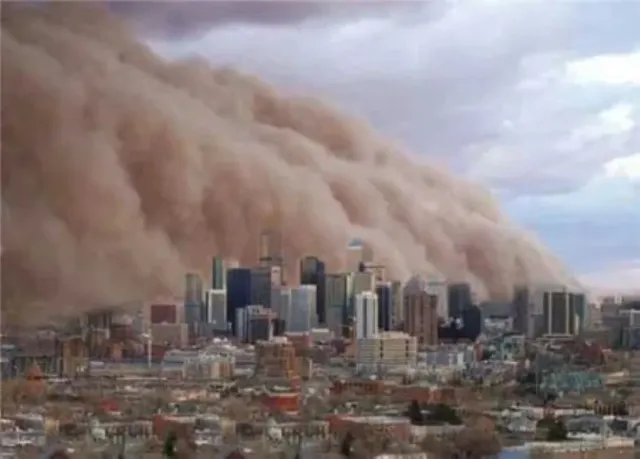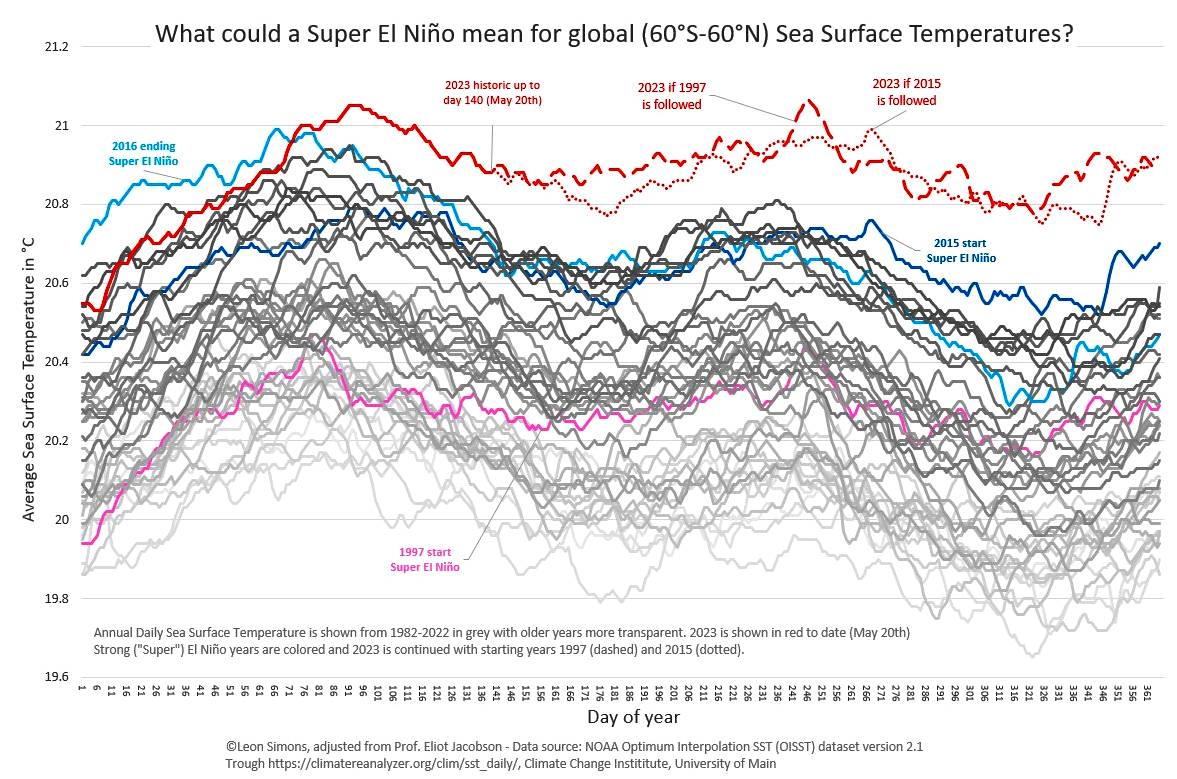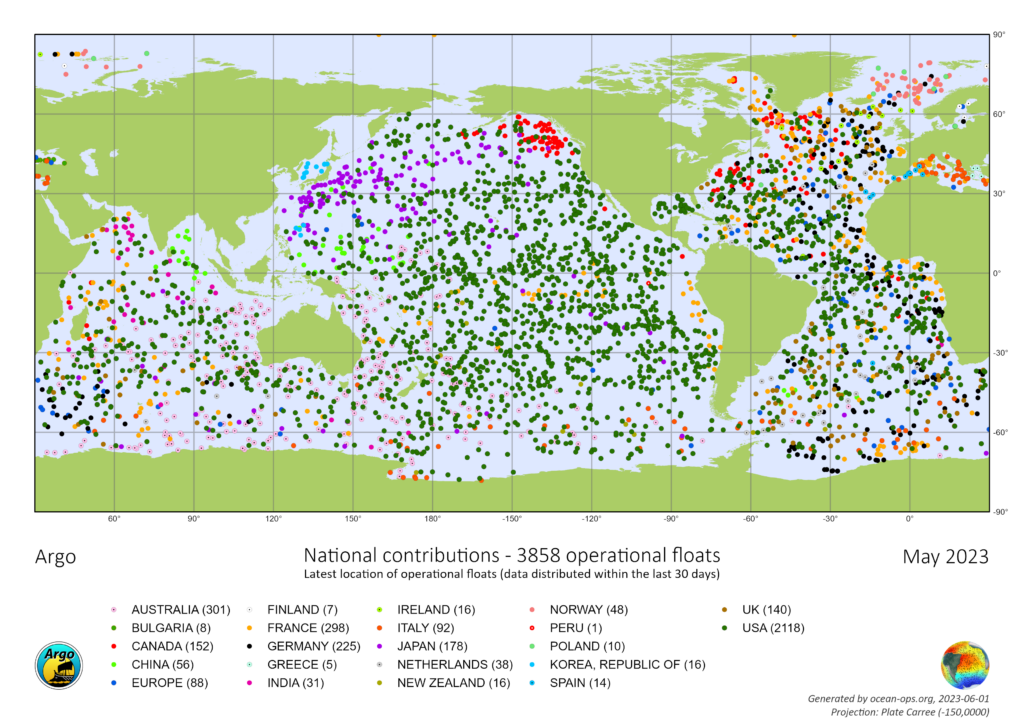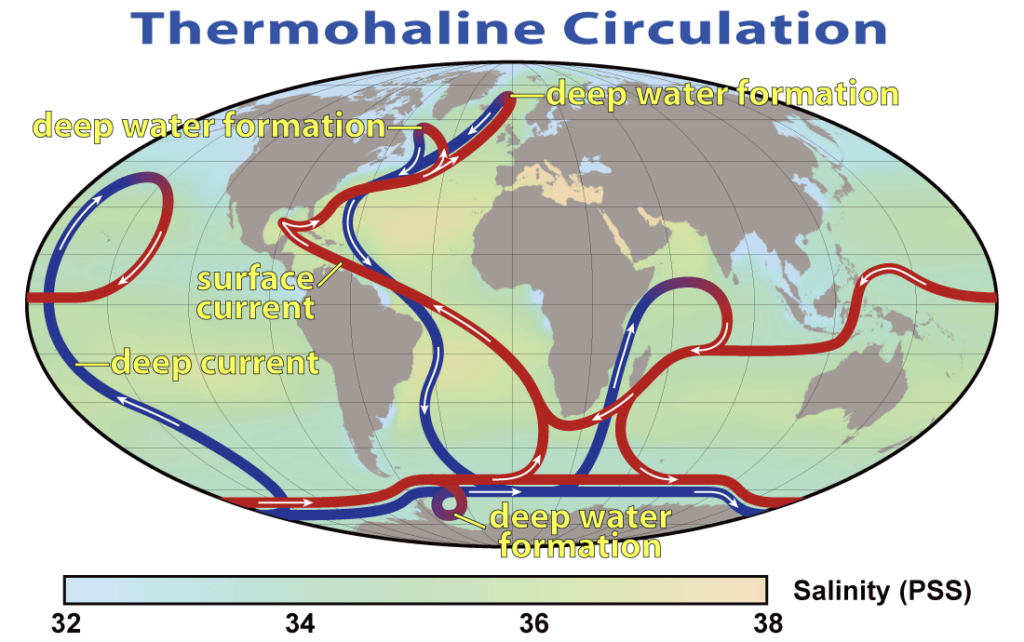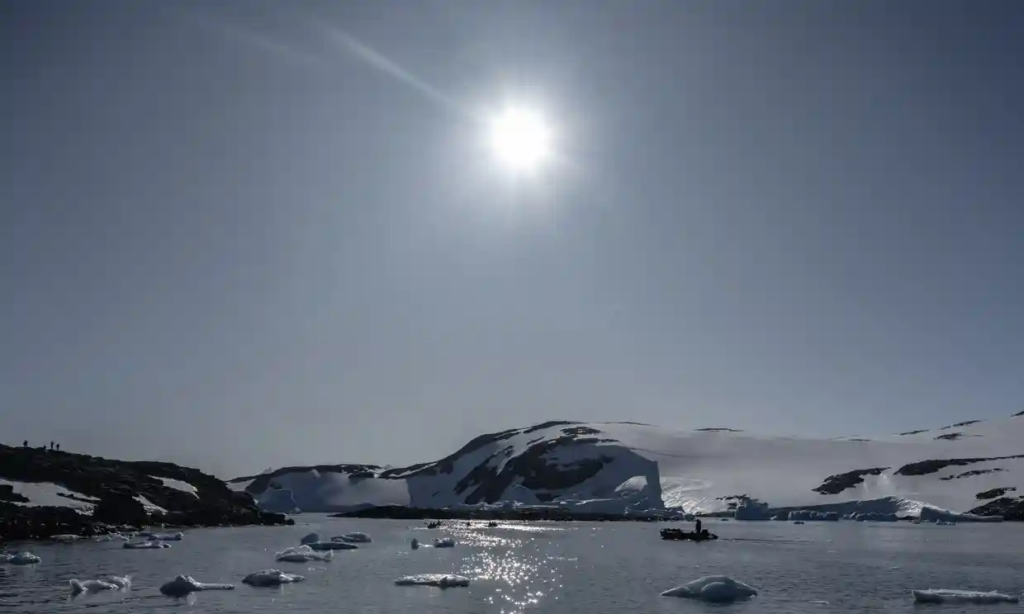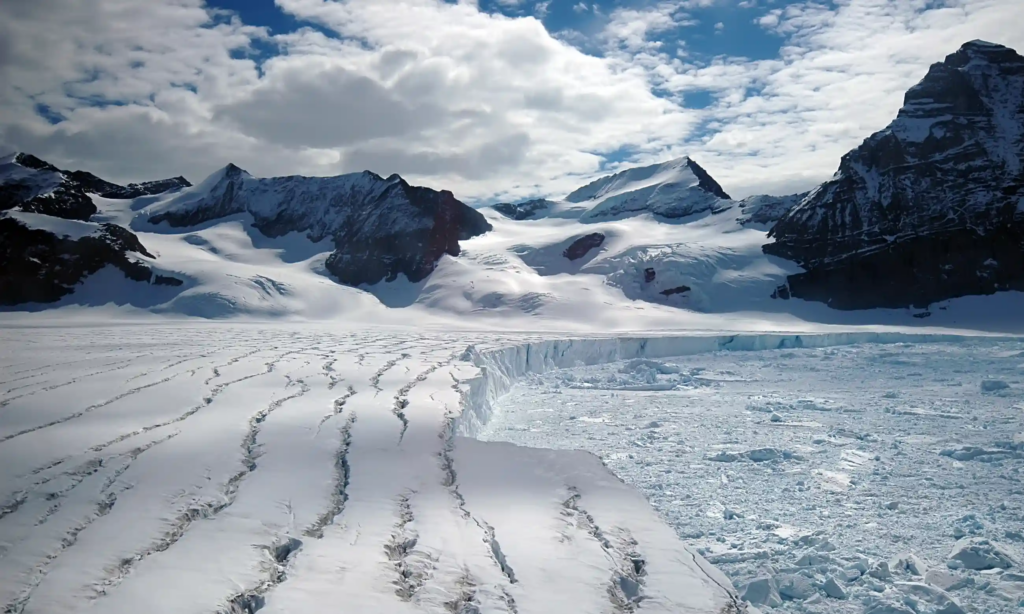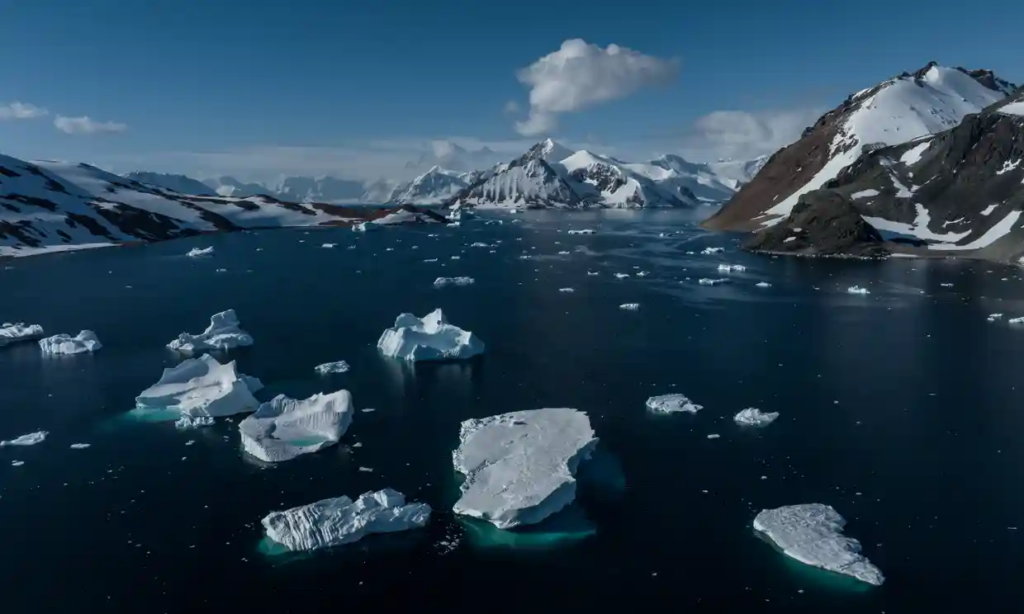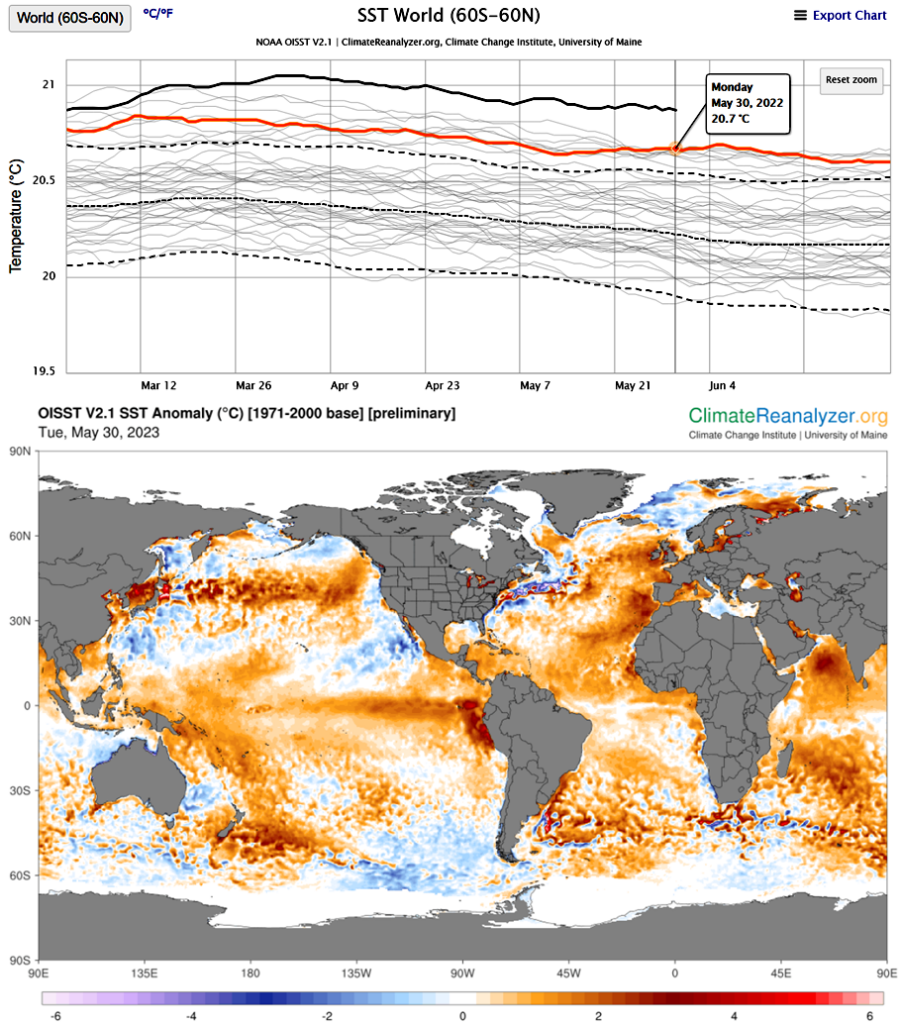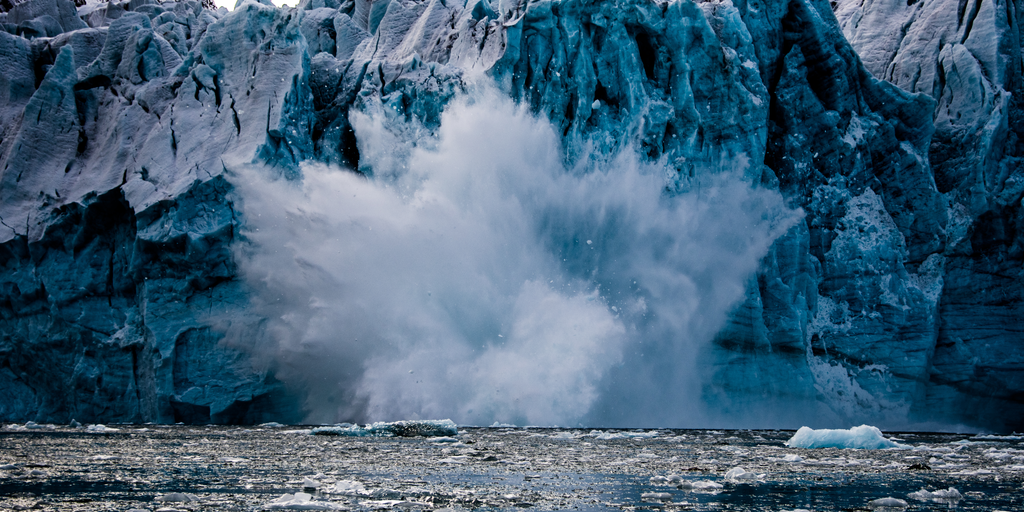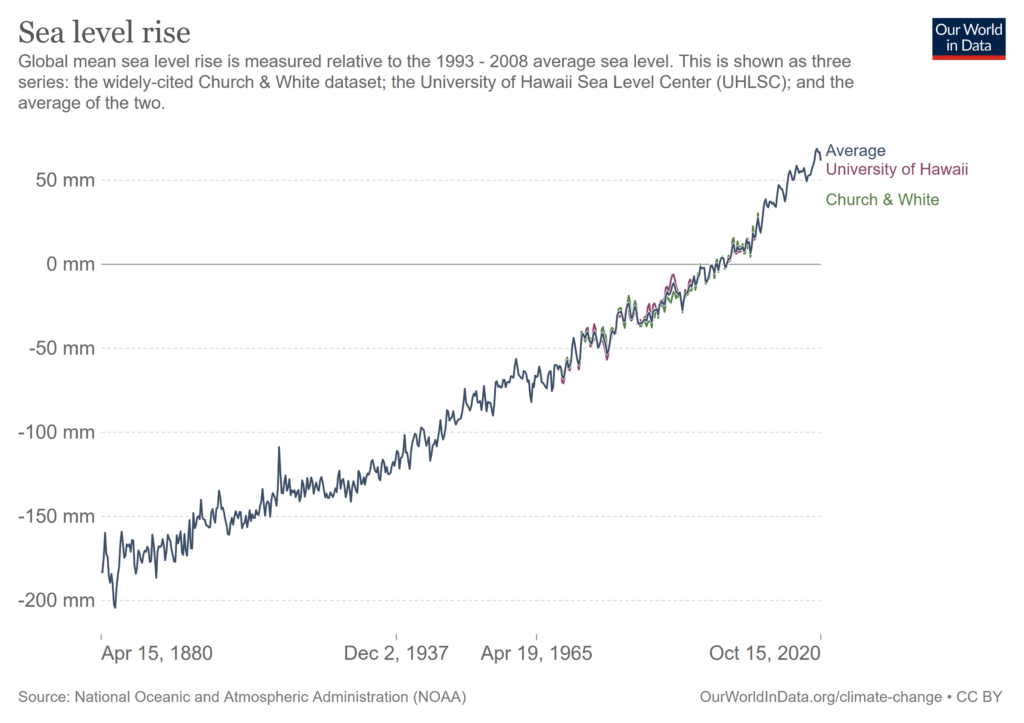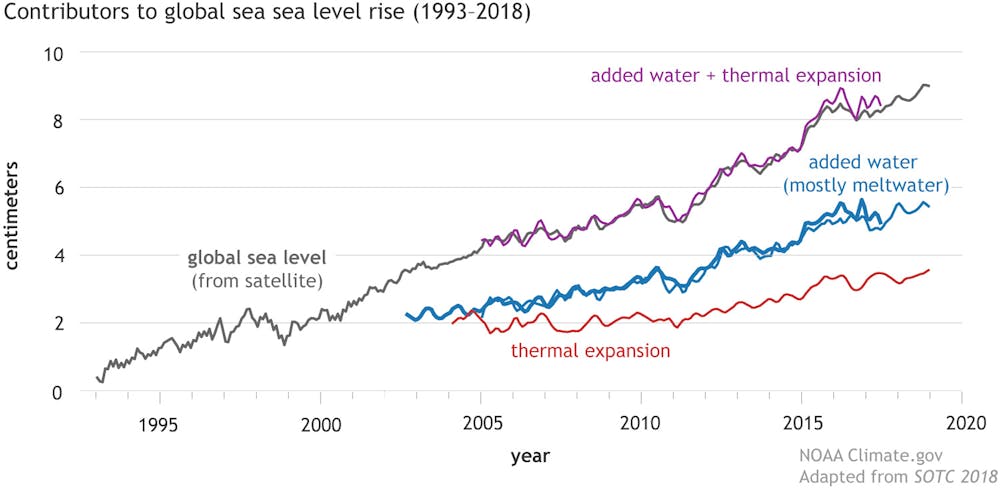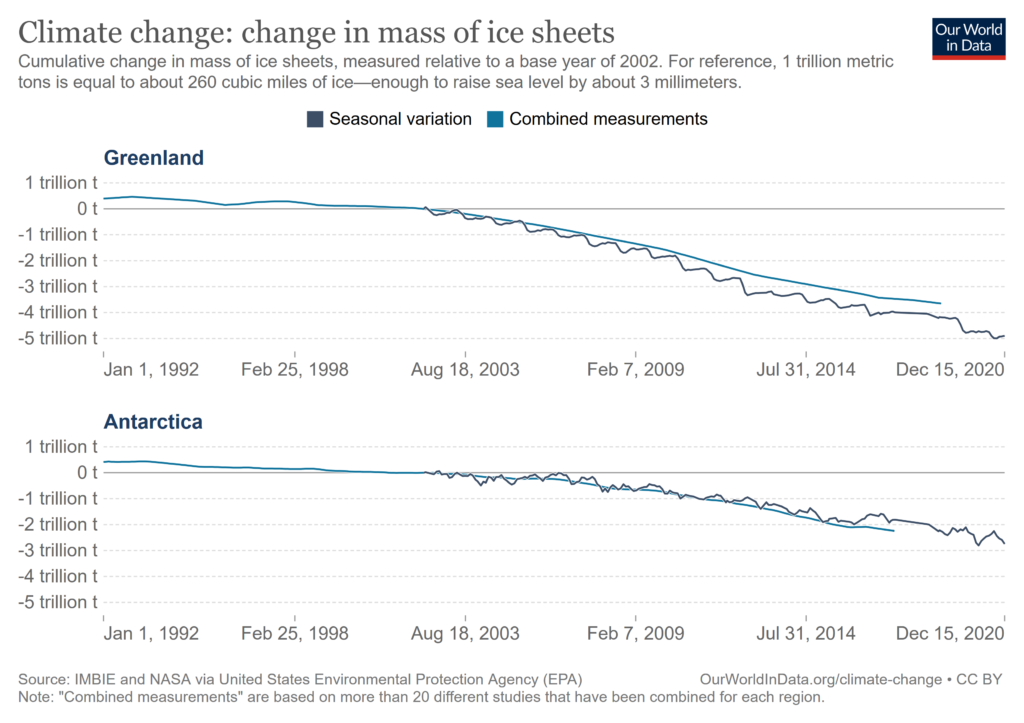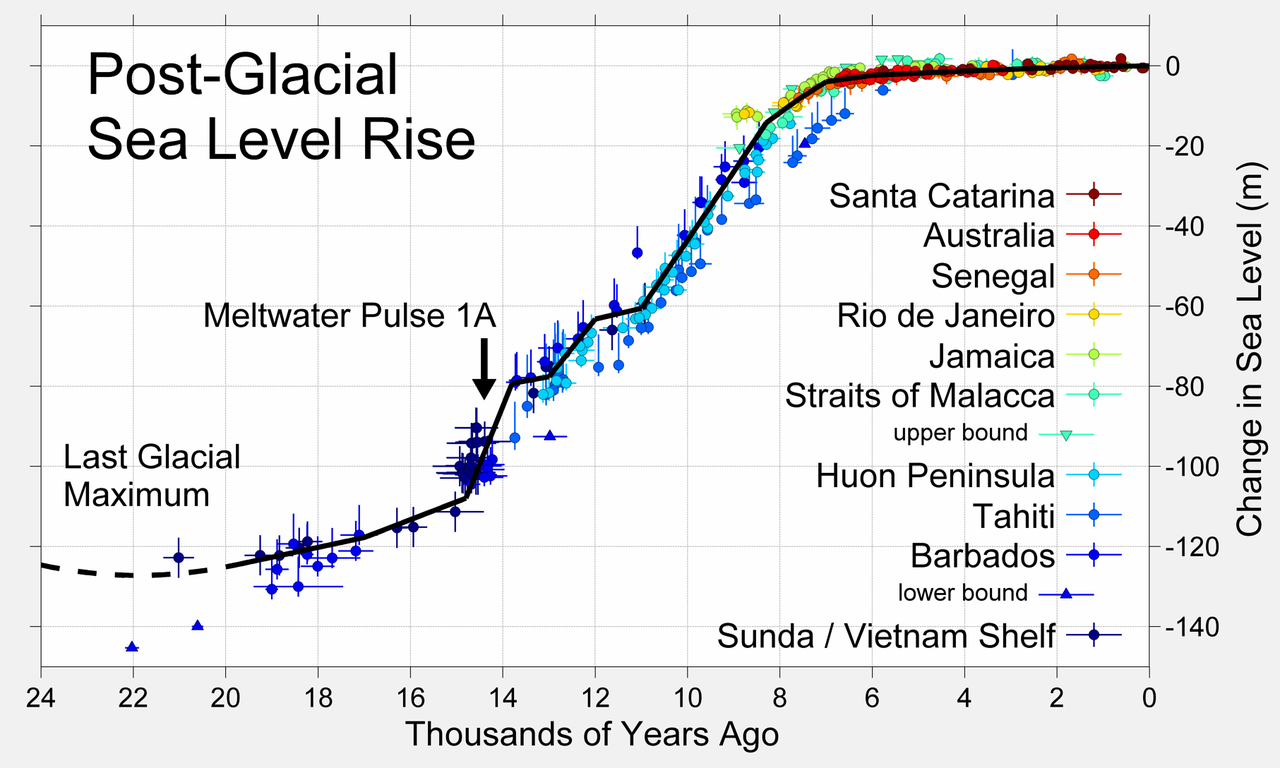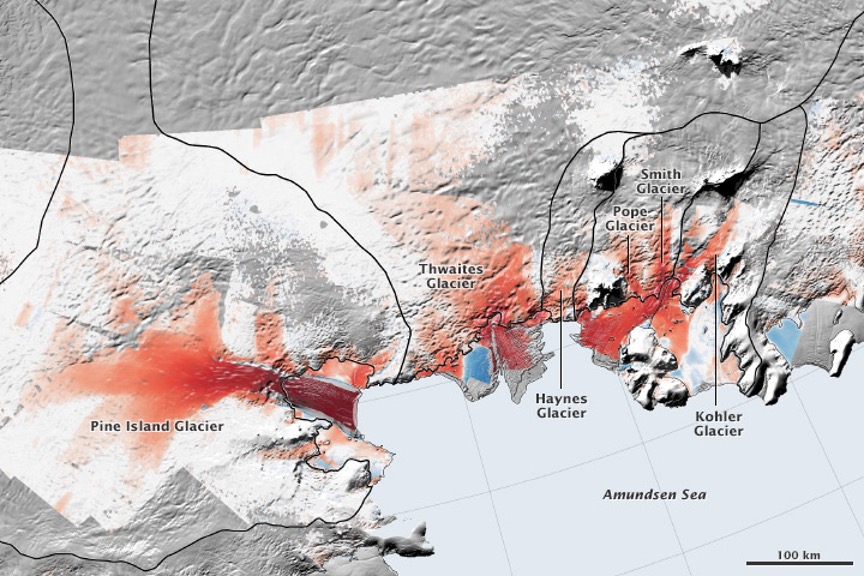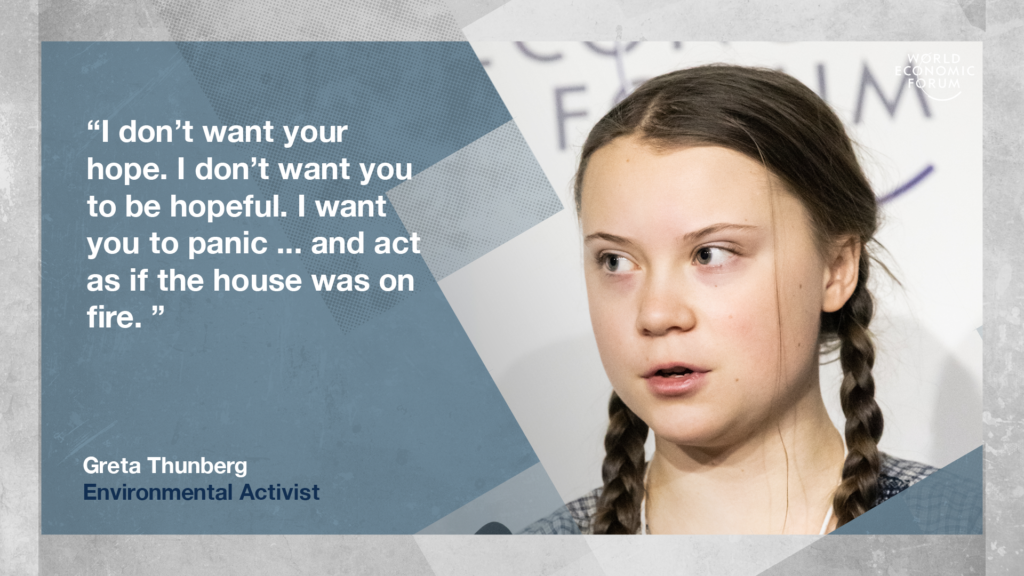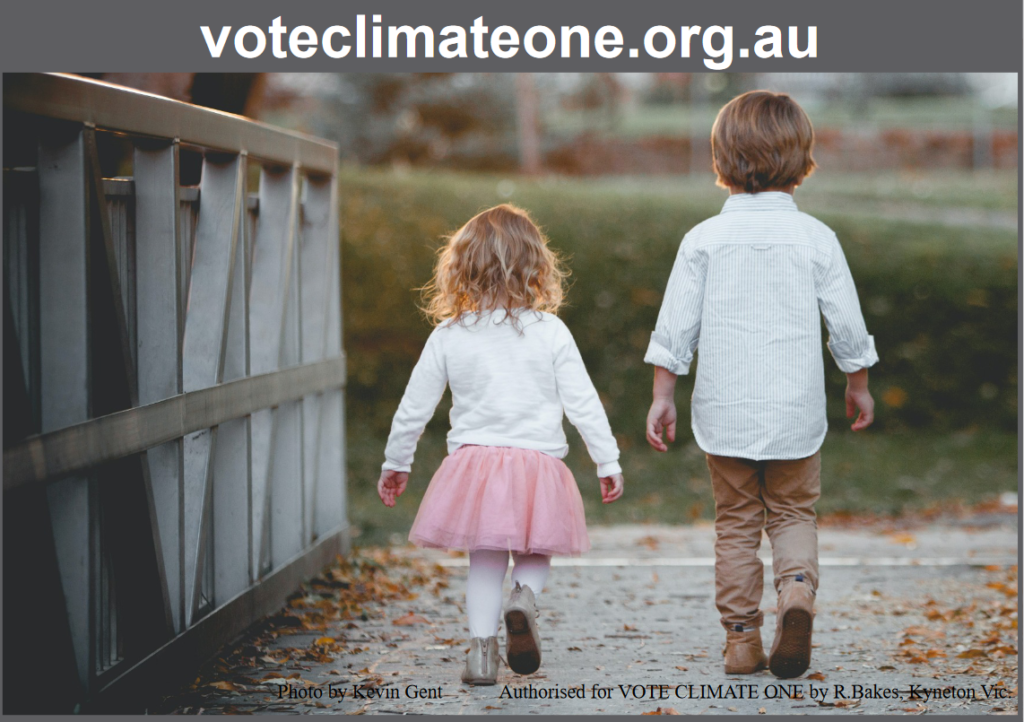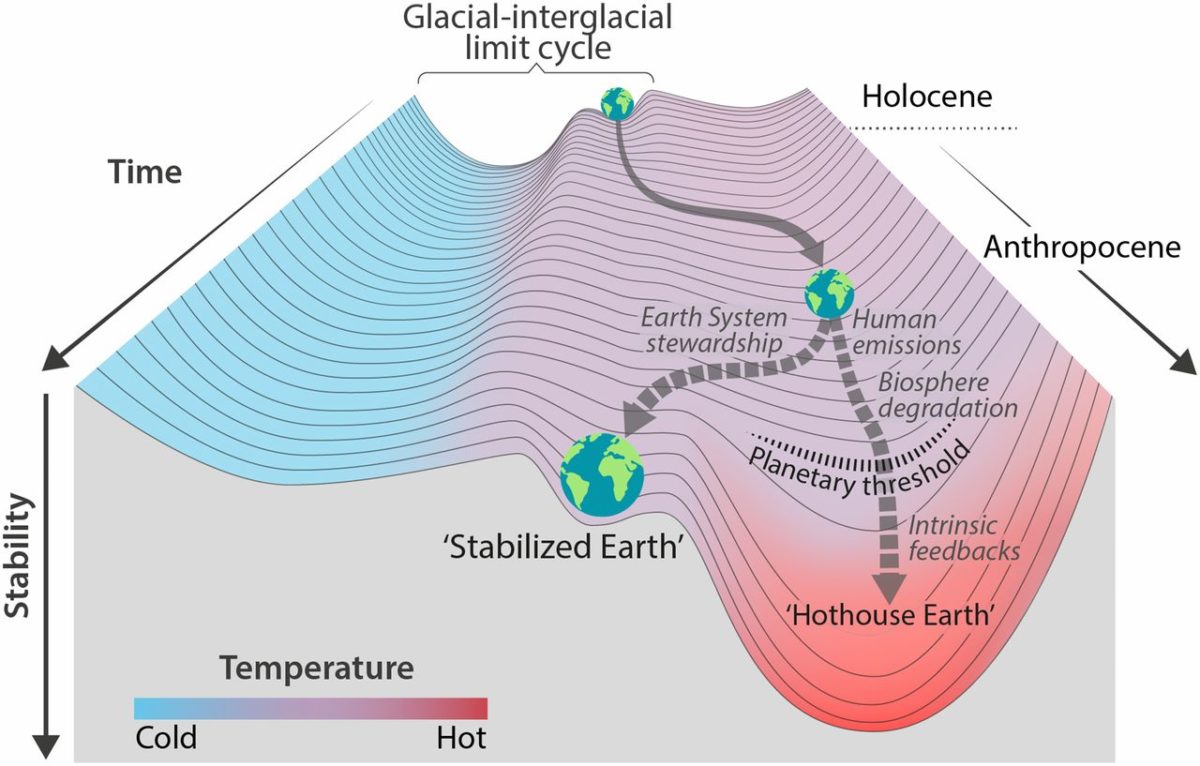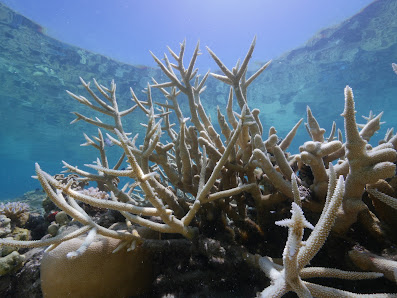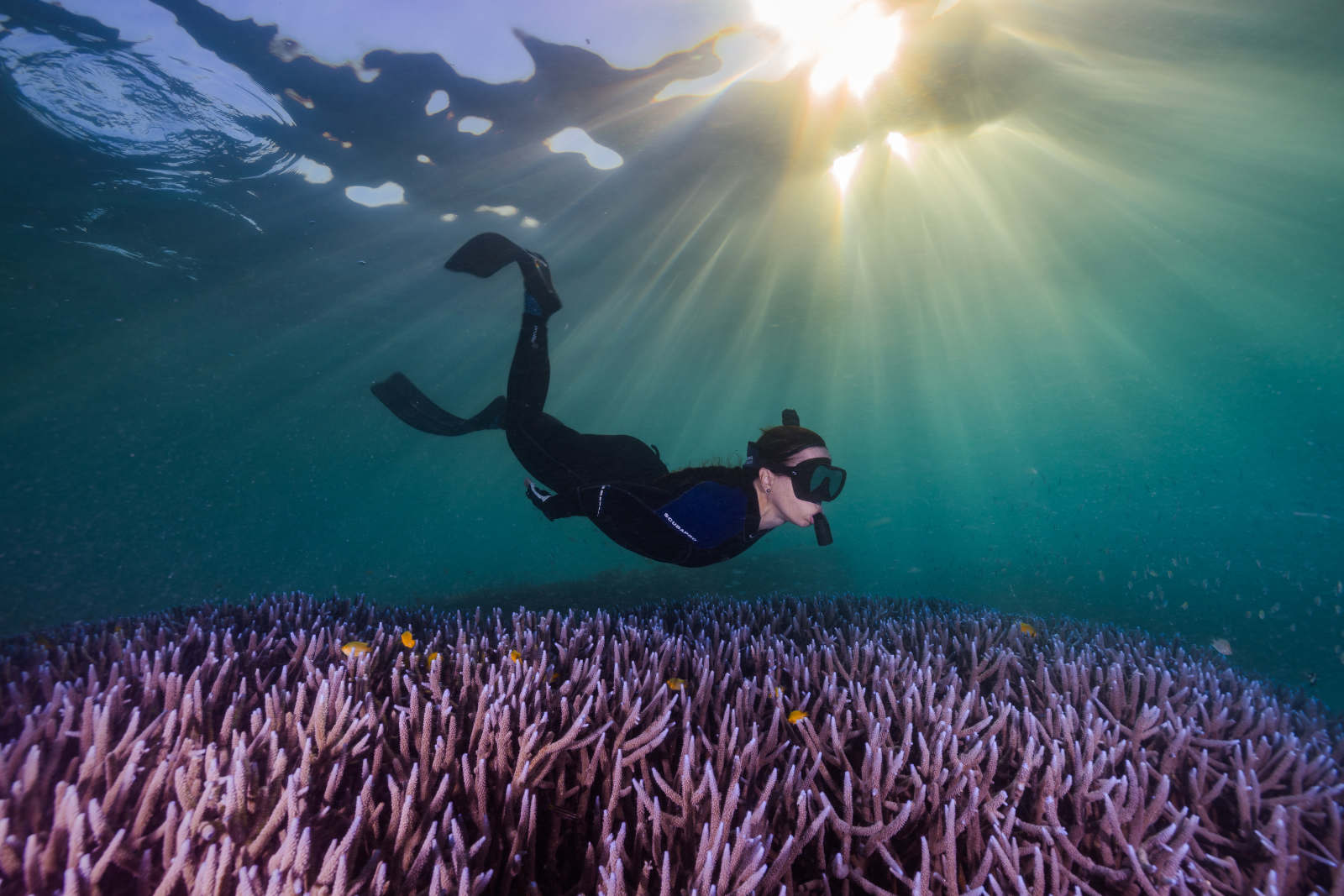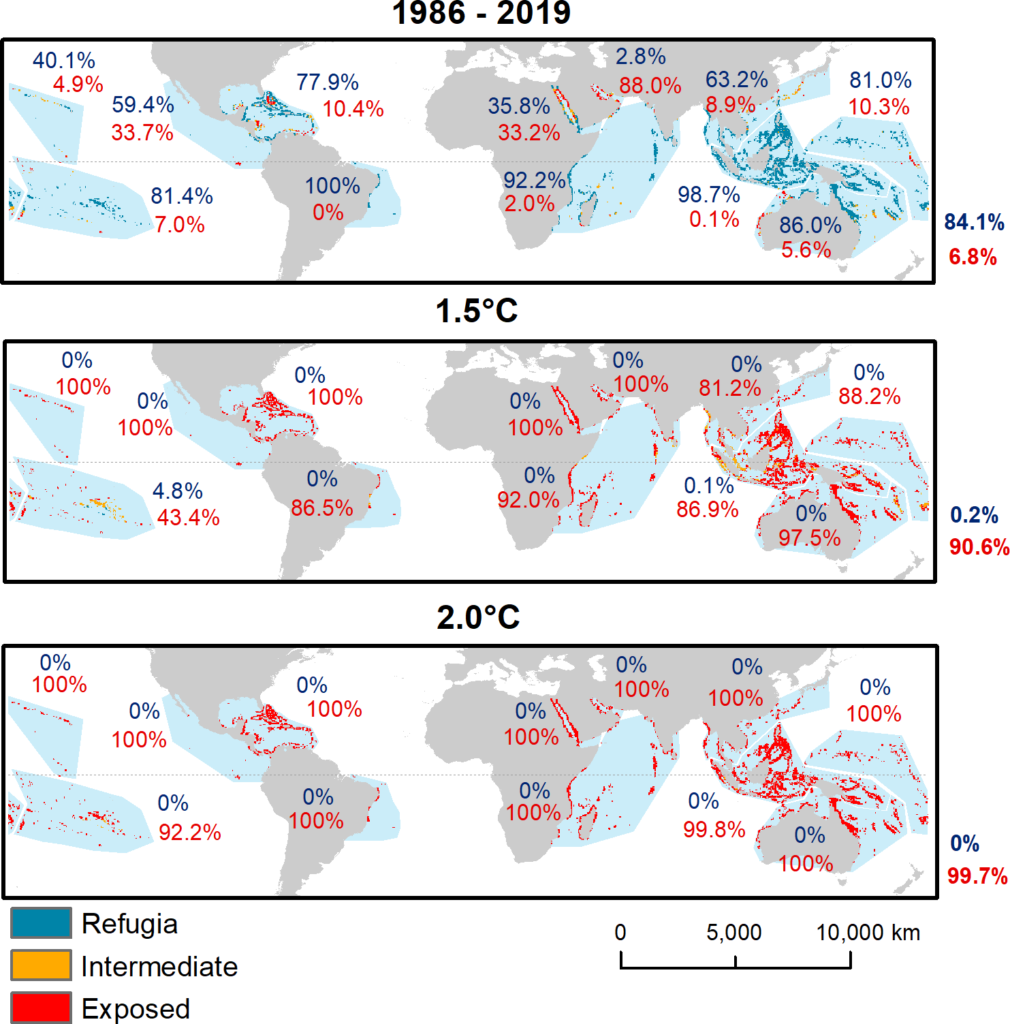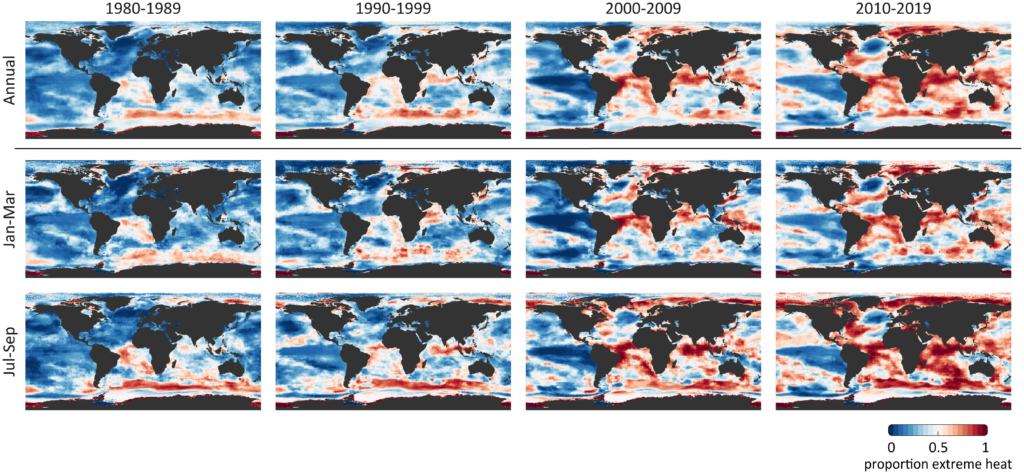Australian MPs: Act now! Later may be too late!
Human activities are triggering self-reinforcing existential climate risks that are growing more lethal with time — our extinction is likely
Over the last 200 years prodigious amounts of carbon-based fossil fuels (coal, oil, methane) have been burned to produce waste gases (mostly CO₂) and useful energy to drive the Industrial Revolution, our affluence, our toys, our technologies, our wars, and everything that has followed. The fossil carbon humans have extracted from the Earth and burned in an instant of geological time took our planet millions of years to accumulate and store in the geosphere (i.e., rocks & soil). In the same geological instant, the waste gases released from the burning are fundamentally changing Earth’s atmosphere (the air we breathe, etc…). Because of the physical properties of CO₂ molecules and other atmospheric emissions, this has trapped enough additional solar heat in the atmosphere to significantly raise average temperatures around the world. In turn, the added heat is already causing unprecedented climatic disasters. These existential climate risks will only become more frequent and catastrophic as temperatures continue to rise. (See CO2: Past, Present, & Future – one of many dozens of articles covering the same facts, and Climate apocalypse).
However, natural regulatory processes in the climate system have kept the environment stable enough for more than 800,000 years up until the 20th Century – enough time for humans to evolve and develop the social systems, agriculture, technology, and cultural riches we benefit from today.


As shown in the graphs above, the shock to the composition of the atmosphere caused by these human generated changes is increasingly disrupting natural climate regulation. If we do not quickly stop and repair the damage we have done to the atmosphere, then over the next few decades increasingly extreme, frequent and extensive climate changes and catastrophes will be causing more death and destruction to our societies than we have the capacity to repair. In turn, this climate collapse will lead to agricultural, economic and social collapse followed by mass die-offs and probable human extinction within a century or two.
Business as usual cannot cope with a global systems breakdown. Nor can uncoordinated individual actions. However, at least for a few more years before systems breakdown has progressed too far, we should still be able to assemble the technology and knowledge to avoid this doom. Beginning with primitive Victorian era steam-punk technologies backed by a very limited scientific understanding of climate and geophysics, humans took over 150 years to burn enough fossil fuel to accidentally cause the present crisis. Today we have now developed a deep and detailed scientific understanding of how the world works and vastly more powerful technologies. With will, leadership, and cooperation at international, national, state, and local areas we should be able to locate, diagnose and repair aspects of the climate system we have broken to re-stabilize it in a state we can live with.
However, to do this we will have to revolutionise many of our governments. We need to change them from their usual businesses of representing and working for the special interests of their donors, patrons and puppet masters (many of them associated with fossil fuel industries), to a new business of truly representing the needs of the citizens they supposedly represent – – especially in the face of the growing climate crisis.
If you are an MP, you need to join this revolution!
The factual scientific evidence of the consequence we face if we fail to stop and reverse global warming is overwhelming. However, I recognize that a life in politics where almost everything can be ‘negotiated’ does not prepare most politicians to understand the difference between responding to non-negotiable facts of physical reality and the business-as-usual of getting elected/re-elected and trading influence.
In the remainder of this work I present some of the overwhelming evidence of the dangers we face from an increasingly destabilised climate system driven by unrestrained global warming, and why our governments must change and act if we are to have any hope of surviving the existential global crisis this is causing. Because this evidence is based on scientific laws developed over some 400 years of testing and practical use, it is totally independent of whatever people might want to ‘believe’ now about how the world works.
Laws of physics, geology, chemistry and biology
The scientific laws of physics and chemistry describe how the universe we live in works, irrespective of anything we humans might want to believe. Because atoms and molecules work the way they do, burning carbon releases ‘greenhouse’ (i.e., heat trapping) gases into the atmosphere. Because the increased concentration of these gases in the atmosphere traps reduces the amount of solar energy leaving our planet, the world is growing warmer.
The US National Oceanic and Atmospheric Administration‘s (NOAA) Mauna Loa observatory’s records show the longest available continuous series of meticulous(!) measurements of important greenhouse gases. Variation in the two most important gases are shown below. The amount of these gases in the atmosphere increased every year since the recording began (except for methane which showed slight decreases in three out of 5 years beginning in 2000). More importantly, the rate of CO₂ increase has also increased in 5 of the 6 decades in the record (i.e., it’s getting worse even faster now than it was earlier!). These kinds of graphs are based on many discrete observations taken every day for many years at particular locations (in this case Mauna Loa, Hawaii) that are replicated by similar observations from other stable locations around the world (e.g., Cape Grim, Tasmania – see also CSIRO Atmospheric Composition and Chemistry).

Greenhouse gases in the atmosphere act as a thermal blanket causing the Earth’s temperature to rise by reducing the amount of solar heat lost to space — same heat in, less heat out: inevitably everything covered by the blanket gets warmer. Just how much warmer is measured by the ‘temperature anomaly‘.
It should be no surprise that dumping millions of years worth of carbon accumulation into the atmosphere as greenhouse gases at an accelerating rate over 200 years or so has significantly affected global temperatures.
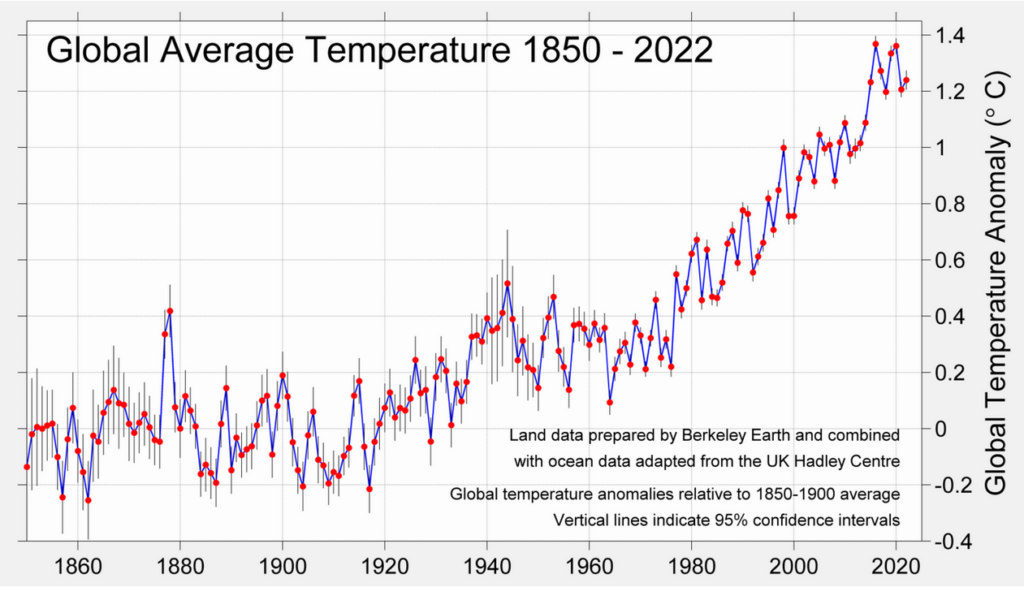
The global mean temperature in 2022 is estimated to have been 1.24 °C (2.24 °F) above the average temperature from 1850-1900, a period often used as a pre-industrial baseline for global temperature targets. This is ~0.03 °C (~0.05 °F) warmer than in 2021. As a result, 2021 is nominally the fifth warmest year to have been directly observed, though the years 2015, 2017, 2018, 2021, and 2022 all cluster closely together relative to their uncertainty estimates. In particular 2022 and 2015 are essentially tied, and 2022 could just as easily be regarded as the 6th warmest year. This global mean temperature in 2022 is equivalent to 0.91 °C (1.64 °F) above the 1951-1980 average, which is often used as a reference period for comparing global climate analyses. The last eight years stand out as the eight warmest years to have been directly observed. (Note: Berkeley Earth’s methodologies and their differences from other groups providing similar global temperature records are described here.)
Around ninety percent of the excess heat Earth absorbs is held in the oceans, and water in its three forms (gas, liquid and ice) is the main transporter for distributing that energy around the planet.
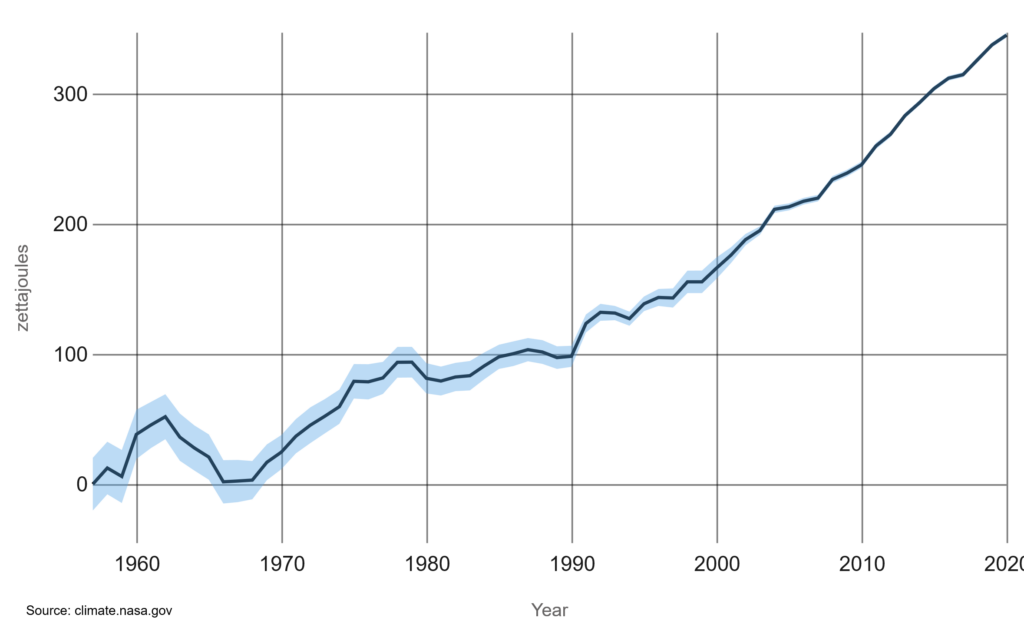
Data source: Observations from various ocean measurement devices, including conductivity-temperature-depth instruments (CTDs), Argo profiling floats, and eXpendable BathyThermographs (XBTs). Credit: NOAA/NCEI World Ocean Database. A more detailed graph including additional measurements from instrumented mooring arrays, and ice-tethered profilers (ITPs) covers the period 1992 – 2022. Credit NASA ECCO. Covering more than 70% of Earth’s surface, our global ocean has a very high heat capacity. It has absorbed 90% of the warming that has occurred in recent decades due to increasing greenhouse gases, and the top few meters of the ocean store as much heat as Earth’s entire atmosphere.
Note: If you want to grasp how many and what kinds of precision measurements – cross-checked across a variety of measurement platforms go into constructing these graphs, I suggest taking the time to go through one of ECCO’s presentations: ECCO: Integrating Ocean and Water.
Water (= H₂O) is a major component in the climate system and the main carrier of energy driving weather and climate change.
Each of water’s three physical states: water vapour (=gas), liquid water, and frozen water (=ice), together with transitions between the three states, all play important roles in the absorption, storage, transport, and release of heat around the planet. In its own right water vapour is also the most important and variable greenhouse gas.
Of all the natural materials forming the outer layers of the Earth, water has the second highest heat capacity of any known chemical compound. A lot of energy needs to be absorbed or released to warm or cool a quantity of water by even one degree — the amount of heat needed to raise the temperature of 1 gm water by 1 °C at standard pressure and temperature has its own name, the calorie. (An old unit of measure, but the easiest to follow here.) This same amount of heat is released when the 1 gm cools by 1°. To raise the temperature of 1.3 sextillion litres just by 1° of the world’s oceans takes the absorption of a humongous amount of heat!
Water (Hydrosphere) and Air (Atmosphere)
Water in the world Ocean
At temperatures above 4 °C, water expands as it warms. In other words, a parcel of water composed of a given number of molecules occupying space expands in volume as it warms from 4 °C to boiling. Thus, as the ocean warms, sea levels rise. Water running off the land from melting glaciers and ice sheets causes sea levels to rise further and faster.
Warmer waters lying over cooler waters of the same salt content tend not to mix. However, as warm salt water evaporates, salt is left behind, making the remaining surface water denser, until it becomes heavier than cooler water below, allowing the warm water to sink and mix with the cooler water. This helps to suck in ocean currents to replace parcels of the cooling saltier water as they become denser and sink into the depths.
Thus, ocean currents are important engines for transporting heat around the globe.
Water in the atmosphere
Boiling or evaporating 1 gm of liquid water to gas (i.e., invisible steam) at one atmosphere of pressure takes approximately 540 calories of energy (= ‘heat of vaporisation/evaporation‘)! Similarly, when H₂O gas condenses to form visible steam (i.e., a mist of liquid water) the same energy of vaporisation is released as heat.
When liquid water freezes to form solid ice it releases ~80 calories/gm, while 80 calories of energy needs to be extracted from the surrounding environment to freeze 1 gm of liquid water to ice.
The gas laws discovered in the 1800s through practical experience with the thermodynamics of steam and internal combustion engines govern the relationships between temperature, volume, and pressure of gases. As heat energy warms a parcel of gas at a standard pressure, the absorbed energy causes the gas molecules comprising the parcel to move faster – resulting in increased volume (lowering the density of the parcel compared to surrounding parcels that have not changed in temperature). Or, vice versa increasing pressure will cause the gas parcel to heat up. Similarly, cooling gas will shrink in volume (i.e., become more dense) as its temperature decreases, or warming gas will increase its volume becoming less dense as it is heated. This is why parcels of warm air tend to rise in generally cooler air and vice versa.
Finally, another set of laws describes the solubility of water vapour in Earth’s atmosphere, and the solubility of the various gases forming the atmosphere in water. A parcel carrying the maximum concentration of a dissolved material is said to be ‘saturated’. Normally any excess over the point of saturation is precipitated out of the solution. Where precipitation of water vapour in the atmosphere is concerned, the precipitated water is called dew (if it collects on a surface), mist (if the droplets are small enough to remain floating in the atmosphere), rain (if droplets are large enough to fall to the ground) or snow (if it is cold enough for the precipitation of solid water). Hail is precipitated as liquid droplets that coalesce and freeze on the way to the ground. Basically, the capacity for the atmosphere to carry water as dissolved water vapour and the rate at which the vapour evaporates from the liquid increases substantially with temperature.
Note that the process of evaporation absorbs a lot of energy (i.e., the vapour stores the energy that drove the evaporation as latent heat) which is released as sensible heat when the dissolved vapour condenses and precipitates. Warm air can hold a lot of water vapour while cold air can only hold a little vapour. Thus a warm air mass is often able to suck moisture out of vegetation and soils, but as that mass rises in elevation and cools a temperature may be reached where the air is saturated (this is called the ‘dew point‘) and possibly massive amounts of water are precipitated as rain or snow together with the release of huge amounts of latent heat as sensible heat causing the air mass to rise still higher (e.g., into towering anvil topped cumulonimbus clouds). The rising air is liable to suck in high speed winds and possibly even form small and large hail, cyclones, and tornadoes. The higher the temperature of the air mass is when the dew point is reached, the more precipitation, heat and wind is generated.
As global warming increases baseline and average temperatures around the world, the amount of energy contained in parcels of water vapour increases, and thus increases the total amount of energy available to drive extreme weather events.
Water on the land and in the biosphere
Liquid water is a powerful solvent for all kinds of minerals and flows downhill wherever it can. Flowing water is relatively dense, and therefore an important agent for the transport of solid materials ranging from particles of sand to potentially huge boulders and even buildings. Consequently, standing and flowing waters are the major agents of dissolution, erosion and storm damage: especially when combined with storm-force winds.
All living things on Earth are partially comprised of water, with humans being about 60% water and even trees 50% water. The water in and around living things acts a) as a solvent and as a medium of transport for the dissolved gases required for photosynthesis (where this exists) and respiration; b) as a medium of transport for the ions, molecular nutrients and waste products of cellular metabolism and growth; c) as a structural element in the three-dimensional folding of proteins and other macromolecules; and d) as a structural element in the maintenance of hydraulic rigidity of the shapes of cells and vesicles, and even whole organisms.
Every type of living thing requires the availability of a minimum amount of water of a minimum quality to survive. Conversely, too much water and/or water of the wrong quality (i.e., it may be transporting harmful substances as particles or in solution) or wrong temperature (i.e., the shapes and activities of proteins involved in metabolism unavoidably change with changing temperature) may also kill.
Air in the water
Atmospheric gases (e.g., nitrogen, oxygen, carbon dioxide) are more soluble in cold water than warm water. In other words, cold water can carry a lot more dissolved O₂ and CO₂ than warm water can.
CO₂ is relatively soluble in water because it readily forms carbonic acid. This is important for global warming because the oceans currently absorb about 30% of all global CO₂ emissions, thus slowing the rise of global temperatures due to the greenhouse effect. However, this is bad news for life on Planet Earth for three reasons: First, as the gas is increasingly absorbed into the water some of it turns into carbonic acid. This makes the water more acidic, dissolving calcium from shells and bones – contributing to the die off of plankton, corals, shellfish and bony fish. Secondly, given that CO₂ is the waste product of respiration it slows the respiration of all marine and aquatic organisms. Three, as water temperature rises CO₂ becomes substantially less soluble. This can be catastrophic for global warming because it acts like a time bomb. Rising temperatures drive significant amounts of CO₂ out of solution in the ocean, back into the atmosphere, where it acts as a positive feedback driving global temperatures still higher in a potentially vicious cycle.
O₂’s solubility in water is limited, but dissolved O₂ is critical to life for all complex organisms that respire water. This includes all aquatic or oceanic organisms: many bacteria, most protozoa, single-celled and multicellular algae (net O₂ producers by day, overnight they must extract O₂ at night for respiration) up to whole forests of giant kelp, giant squids, whale-sharks, and the largest whales. In the pre-industrial world O₂ levels in most waters were close to saturation. Any degree of warming beyond what species are adapted to live in reduces the amount of O₂ the water can carry. Species will begin dying when the O₂ levels fall below levels the different species have evolved to tolerate. For example, along the Southern California coast where I grew up, whole forests of giant kelp die off when the ocean temperature rises to around 23 °C. So do the myriad of other species living in those forests that may still be able to respire, because at some to many points in their lifecycles they required something the kelp provided. Other kelp forests around the world, and in Australia are also dying off, e.g., the once rich kelp forests of Tasmania – possibly even more comprehensively than they have in California (e.g., northern Tasmania).
And then there are the horrific die-off events in the rivers and lakes of Australia’s Murray-Darling region, where the combination of blistering heat combined with off-the-charts CO₂ levels is absolutely lethal to whole ecosystems. This year’s event even killed carp that can breathe air!
How will our Atmosphere, Hydro-/Cryo-sphere, Geosphere and Biosphere respond to global warming on the real Planet Earth?
Meteorology, climate science, earth systems science extend the basic laws of physics, chemistry and a little bit of biology into the real world. However, even a brief review of some of the basic laws of physics and chemistry above for water, oxygen, and CO₂ gives some hint of just how complex weather and climate change really are. Earth’s Climate System that generates weather and climate change in the world we live in is a complex dynamical system composed of probably hundreds of variables often interacting with one another in non-linear. Some of these interactions are poorly understood or even unrecognised even by the scientists studying them.
Even though the Earth System is absolutely and fundamentally governed by the physical laws of nature, trying to predict future weather and climate conditions is fraught with difficulties of two kinds. First, complex systems of many variables, where some of the variables have non-linear positive feedback relations with one another, often behave chaotically under some or even many conditions. (See also climate change feedback.) Second, is that some of the variables are probably still unknown to science or not well understood. Even the largest supercomputers in the world capable of performing more than 100 quadrillion calculations per second and working with millions of daily observations from around the world can only make usefully accurate weather predictions out to around 8 days before wandering off into random noise.
For these reasons, predicting the future trends of global warming with a high degree of accuracy and certainty is frankly impossible. However, what is almost certain is that if we do not stop and reverse the process of global warming there will be major disruptions to all of these systems which will make much of the Earth uninhabitable for complex life.
How trustworthy are the sciences and the warnings?
The UN’s Intergovernmental Panel on Climate Change (IPCC) deals with the uncertainties by running large numbers of similar earth/climate system models (ensembles) with slightly varying inputs on supercomputers to forecast possible future trends and their likelihoods. These outputs are analysed statistically to determine frequent trends and the range of uncertainties around these trends. Thus, many believe that the models give us a relatively good idea of how changes in specific environmental variables are likely to change the climate.
Unfortunately, with regard to managing climate risks, the reality is that this approach is too conservative because:
- It filters out some or all of the instances of chaotic extreme deviations from the likely results because these are usually considered to be consequences of “system breakdown” in what is assumed to be a bad model — even though system breaking ‘exponential blow-ups’ are to be expected in complex dynamical systems. In other words, the bad result where the model ‘breaks down’ may well be a realistically valid prediction of the model.
- Most scientists agree that the RATE of climate change is increasing with time. However, the delays in knowledge flow between observation of reality and assessment and presentation of results mean that there is a lag built into the IPCC reports. That is, the delays inherent in analysing and writing up the results, delays in conducting peer review and publishing the original research, conceiving and constructing and running the mathematical models based on those results to forecast the future, analysing and writing up the results of the modelling, delays in publishing these results; and then comes the added time cost to incorporate the published results in an IPCC Report. This IPCC process alone takes a minimum of 2-3 additional years of three drafts, two peer reviews, and a final sign-off by the political appointees of the 170 countries comprising the UN’s World Meteorological Organization. Thus, the years-old input data providing a baseline for the models’ predictions necessarily do not include the array of record-breaking temperature, greenhouse gas, and weather readings associated with the increasingly extreme weather events of the last few years.
- Finally most IPCC scientists are associated with academic and research institutions funded by governments, where academic progress and promotions depend on not being too novel or controversial (i.e., exhibiting ‘scientific reticence‘). This leads to scientific self-censorship — downplaying alarming findings, reinforced by the need that IPCC Reports require political approvals by government appointees to be published.
The following graphic is the IPCC’s own depiction of their authoring and review process.

.
Note, this and other issues with the IPCC’s predictions are examined in detail in my presentation: Some fundamental issues relating to the science underlying climate policy: The IPCC and COP26 couldn’t help but get it wrong.
Thus, when the formal IPCC reports publish their predictions for the future consequences: it follows that this is a gold-standard, scientifically correct but somewhat rose-tinted statement of the best possible outcomes we can hope for from the present state of the escalating climate emergency. The actual future is most likely to be worse, or even more worse.
Given all of these factors, it is virtually impossible that the IPCC reports are in any way overstating the magnitude and dangers of the climate crisis. Those who claim the IPCC reports are ‘alarmist’ are seriously misinformed or else aim to be deliberately misleading.
How do we know all of this?
There is a vast array of direct observational evidence from the real world (e.g., the graphs of increasing greenhouse gas concentrations and rising global temperatures presented above) showing that our global climate is already deteriorating at historically and even geologically unprecedented rates. A few recent observations sample this kind of evidence.
Identifying, analysing, and managing climate risks
Most climate scientists have backgrounds in mathematics, physics or geology where they are used to working with well behaved regular systems — not complex dynamical systems with potentially chaotic and unknown variables where the models are inherently fallible in their predictions of the future. Although the mathematical theory of chaos emerged from early attempts to model climate, few have any formal grounding in complex systems or chaos theory. Consequently, they tend to believe their models can predict the future with some degree of statistical accuracy, rather than accepting that models are good for explaining what can happen but not what will or won’t happen.
Scientists (including a few climate scientists) who continue to deny that current climate change is mainly due to human activity are often used to dealing with changes over long periods of time, where natural and well understood processes are more or less adequate to explain how climate has changed in the past. Many of today’s deniers formed their opinions years ago (e.g. 1980s) when even climate specialists actively debated the extent and causes of climate change. In people prone to denial, ‘confirmation bias’ then begins to reinforce conclusions, where data fitting their belief is eagerly accepted, but seemingly contradictory data is critically scrutinised and rejected.
Over time, with the overwhelming additional data supporting unnaturally accelerated climate temperatures on land, air and sea, almost all genuine climate scientists have come to conclude that human activities are in fact changing the climate. The holdouts are usually in those other disciplines that have a default assumption that natural processes always explain changes in climate.
And then, there are those who have totally unscientific reasons for denying that humans cause climate change.Following on my career as an evolutionary biologist (PhD Harvard 1973) with strong backgrounds in geology, physics, systems sciences (systems ecology, genetic systems, cybernetics), I was employed for 17 years as a knowledge management systems analyst and designer with what became Tenix and then Tenix Defence through the life-cycle of “Australia’s most successful naval surface combatant project – by far” – the ANZAC ship project. I worked very closely with the company’s engineering systems analysts and risk managers (often the same people did both). The ANZAC Project was so successful because the prime contract was performance-based rather than specifications based. We were contracted to deliver for a fixed price certain capabilities and reliabilities in service rather than meticulously detailed products.
Large defence systems – especially like warships and aircraft with their multitudes of subsystems, assemblies and piece parts, are complex dynamical systems that are inherently but unpredictably fallible due to unanticipated dynamics, human errors, or unpredictable failures of critical parts. It was the job of contract analysts, systems engineers, design engineers and knowledge managers (me), to work out a ship design and construction process that could be trusted to meet the customers’ requirements within the negotiated fixed price.
Failure Modes Effects and Criticality Analysis (FMECA)
The critical analytical tool in Tenix’s success, apparently unknown to climate science, is application of the Military Standard, Failure Modes Effects and Criticality Analysis (FMECA) within a risk analytical and management framework. Briefly, this involves (1) tabulating all conceivable failures and the potential consequence of the particular failure mode (i.e., its criticality) for every component of the system that might have a detrimental effect on the system’s safety or functionality, (2) preparing at least a matrix for every failure mode showing the approximate likelihood of failure, and (optionally) the likely consequences/costs to the system should the failure occur, and the costs to repair or mitigate the mode.
Applying FMECA to global warming
Should we ignore a risk because its consequences are so severe we fear accepting that it is real?
The following graphic plots an analytical matrix for the risk of human extinction from a failure to stop global warming at a safe global temperature for human survival. A serious analysis of this risk (that is unthinkable to many) demands examining the physical realities associated with each dimension of the matrix and looking for solutions to reduce consequences and likelihood of the risk happening, and to provide the maximum time possible to manage it; or alternatively, to entirely avoid the activities causing the risk. Unfortunately, given that the risk from global warming is associated with the project to power industrial, technological, and population growth by burning fossil fuels that began 150 years ago. Thus we have no choices but to live or die with the consequences arising from this project.
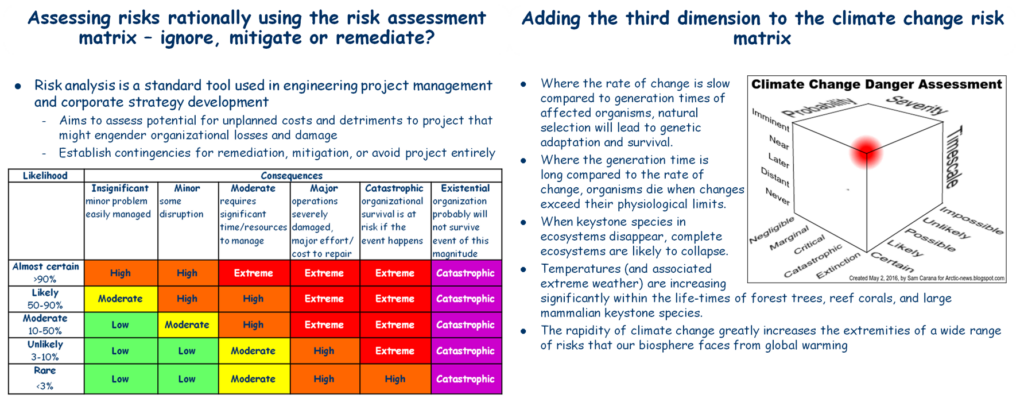
Our planning to manage the risk must consider the third dimension — TIME. How much time do we have to manage the risk if we are to avoid its consequences? The possible consequences of the risk are existential – i.e., extinction of human society as we know it or even the entire species. The probability is likely to be certain if we do not stop and reverse global warming. The timescale is imminent, i.e., within the expected lifespan of today’s children.
Should we heed the science and the warnings?
The Intergovernmental Panel on Climate Change was established by the United Nations to research and provide the “best” scientific advice available to governments of the world regarding the science, trends, and likely progress of climate change. The Panel’s staff is selected and overseen by all the member states of the World Meteorological Organization. The peer review is exhaustive and intensive – probably more so than for any other scientific endeavour ever.
For reasons I have detailed it would be virtually impossible for any formal publication of the IPCC to overstate the dangers represented by climate change. Where the IPCC says that even the current trends will be catastrophic if realised, I would say that they are ‘existential’: A word the IPCC rarely uses and never defines.
Most dictionaries (e.g., see OneLook Dictionary Search) only define the word in terms of ‘existentialism’ – a branch of philosophy. In discussion of the climate crisis, in the framework of global catastrophic risk, “an existential danger threatens the very existence of something” (ref. Macmillan Dictionary).
The Wikipedia article on Global Catastrophic Risk defines “existential” in these terms:
Existential risks are defined as “risks that threaten the destruction of humanity’s long-term potential.” The instantiation of an existential risk (an existential catastrophe) would either cause outright human extinction or irreversibly lock in a drastically inferior state of affairs. Existential risks are a subclass of global catastrophic risks, where the damage is not only global but also terminal and permanent, preventing recovery and thereby affecting both current and all future generations.Note: This discussion of definitions may seem to be highly pedantic. It isn’t. It is deadly serious. Humanity faces a serious risk of triggering a global mass extinction event akin to the End Permian event that was “Earth’s most severe known extinction event,[11][12] with the extinction of 57% of biological families, 83% of genera, 81% of marine species[13][14][15] and 70% of terrestrial vertebrate species.[16] It is the largest known mass extinction of insects.[17]” If you are declaring a state of emergency, it does not help to describe the emergency in soothing terms.
